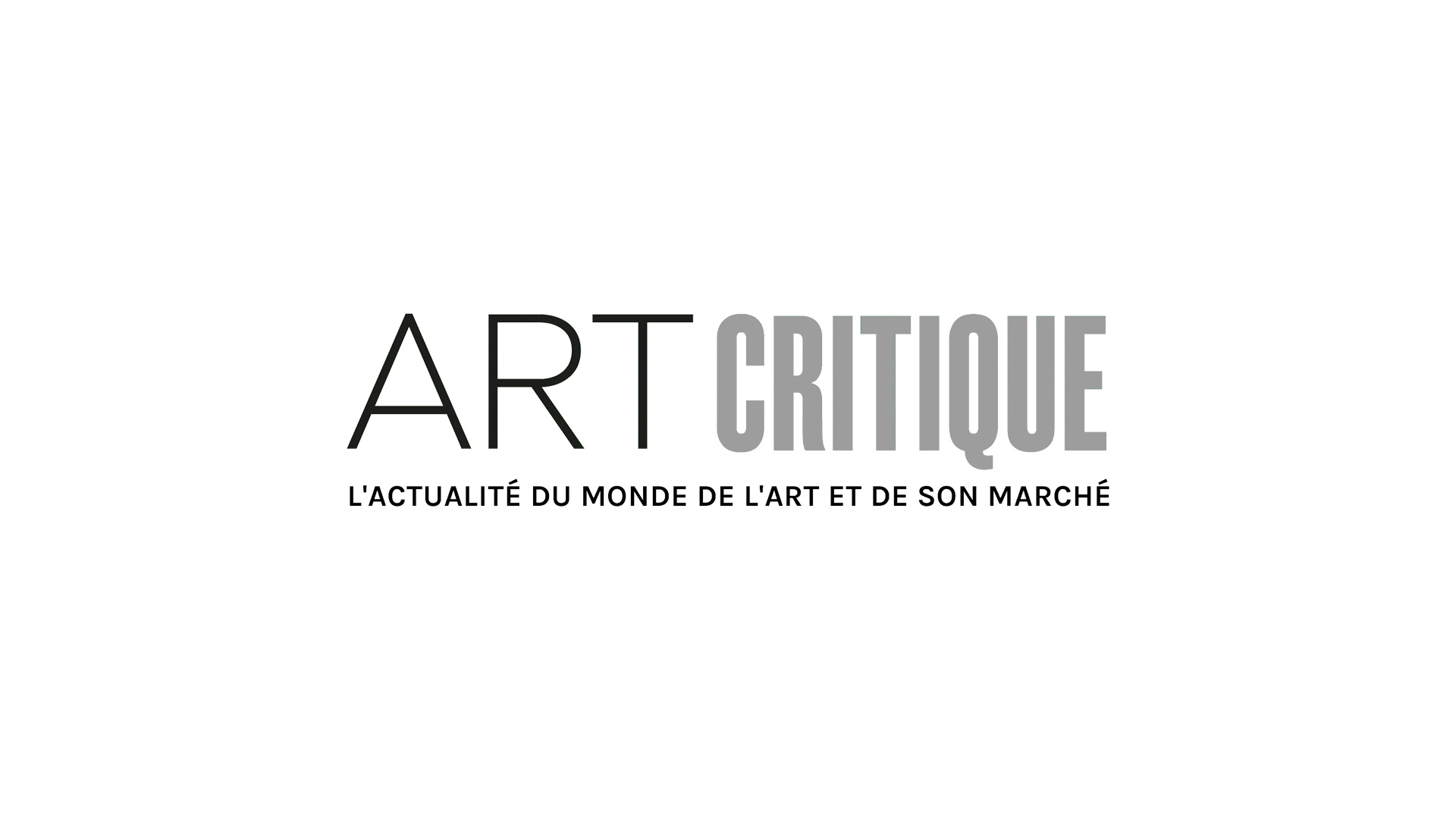Alain Badiou, a paradoxical Wagnerian, defends the idea which asserts that Germany’s ambitions for worldwide recognition can only be achieved through its art; if that’s the case then Goethe is well-positioned to embody this global fame. Even in his own lifetime, he represented a living statue of wisdom for a majority of the literary world – not a stiff or rigidly posed statue but an almost jovial, smiling one. Since his death in 1832, he still remains greatly admired. Certainly, the emphasis has shifted and the Goethe that interests us today is not the same one who made our great grandmothers swoon; the hardships of young Werther no longer move us, while Goethe, the traveller, the one from Conversations with Eckermann or the colour theorist continues to captivate us with human complexity that ceaselessly aspires to classicism. As for Faust, it has a legendary power, allowing it to whisper something new in the ear of each generation. In short, there is nothing stilted nor scholarly in Goethe’s biography. It is precisely the effervescent life and the legacy after his death that the Bundeskunsthalle of Bonn wanted to evoke in an ambitious and colourful exhibition.

Here, Goethe is wisely put into context, throughout his long journey with well-marked scansions. The young author validates his influence, making the indestructible ropes of love and death resonate. Quickly the myth of the political action began to hold him back with its apparent success and intimate disappointments. Goethe’s strength then was to not allow himself be trapped in the image of the great man of Germany (which he was in many ways). The Bonn exhibition emphasizes the man from Weimar’s constant desire for travel: whether through history, from the European Antiquity to gothic cathedrals – of which the young Goethe was one of the first champions, well before the romantic French – or through geography, from Rome and Naples to the faraway Orient that Goethe recreated, at the end of his life, in the verses of his Divan. A trip to Italy from 1786-1788 played a crucial role in this evolution, it was a time of happiness and almost Stendhalian freedom, a personal revolution just before the great European revolution broke out. The importance of the natural turning point of the 1800s, however, should not be overlooked; the author’s interests began to gravitate to science and a theory of colours, as well as towards observing the amazing events of his lifetime. In Weimar, the vast collections of natural history directly preserve the garden that the Bundeskunsthalle had the brilliant idea of evoking on its roof, in addition to the museum tour.

The exhibition’s creators, however, wanted to go beyond merely presenting a biography by showing the intersecting influences on the poet’s multidimensional future generations– a posterity that was self-made, actually, with the publication of the dubious “memoirs”, Dichtung und Wahreit, which sought to impose on the poet’s admirers (both men and women, because Goethe was also a disciple of Eros) an appealing and canonical image of literary initiation. At the same time, the Weimar house (just like the birthplace of Frankfurt) went through an early museum-like reinterpretation based on the style of an actual pilgrimage – a subject which is discussed in depth in the article “Weimar” from the Mémoires allemandes by Francois and Schulze, ironically trapped between “Napoleon” and the “spiked helmet”! With Goethe, everything comes back to the museum: Werther, “the first best-seller of Germany literature”, unleashed a real madness when published in 1774 which later lead to several imitative pieces. The same was true at Bonn, a short time later, with the release of his second novel Wilhelm Meister’s Apprenticeship, whose character Mignon transformed into a real icon – as commemorated by painters such as Ary Scheffer among many others. Even Goethe’s own image, over the course of history, was destined to become an iconic one: exemplified by the many reinterpretations of the famous Italian portrait by Tischbein right up until Andy Warhol’s paradoxical treatment of the poet. It is also evident in the German cities that cover themselves with statues of the statue, starting with Goethe-Schiller in Weimar, which in 1989 when the German Democratic Republic was about to dissolve was decorated with a sign that read, “Wir bleiben hier”: the declaration that “we’re staying here” was shouted by the protestors who expected and demanded reunification, but wasn’t the same sentiment echoed by the noble fathers of the Republic of Letters reminding new Germany that it couldn’t have been made without them? The real success of the Bonn exhibition is demonstrating how the noble, canonized elder was also, in a thousand ways, a modernist whose influence can still be felt in the modern era.

Goethe, Verwandlung der Welt – Bonn, Bundeskunsthalle – until September 15.
Title Image: Maria Gottweiss d’après Tischbein (1787), © Kunst- und Ausstellungshalle der Bundesrepublik Deutschland GmbH.






